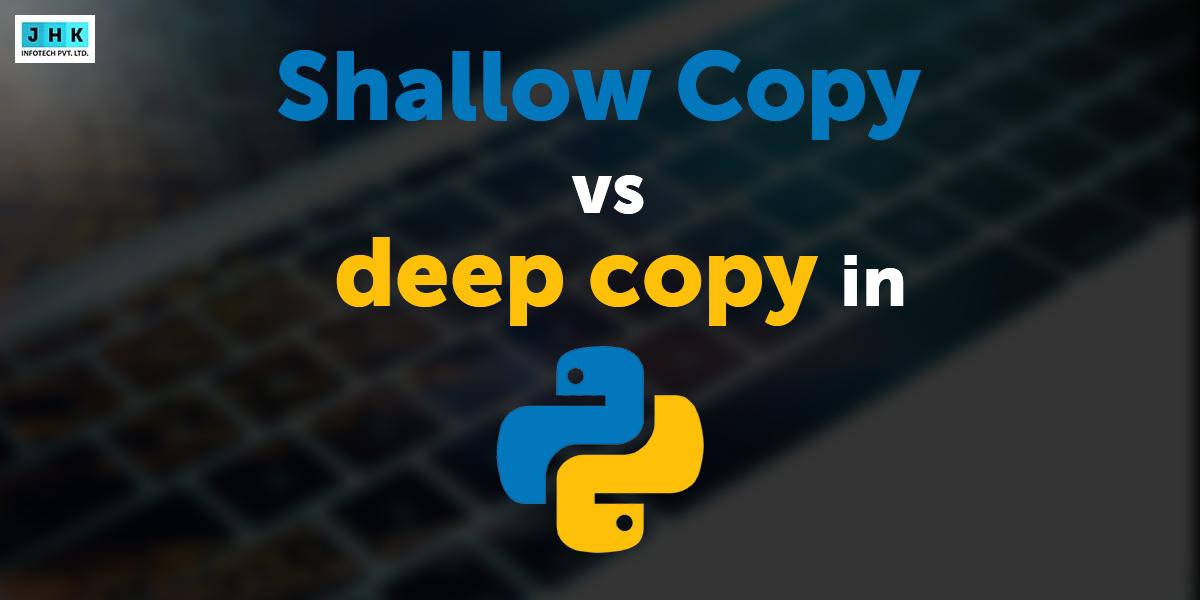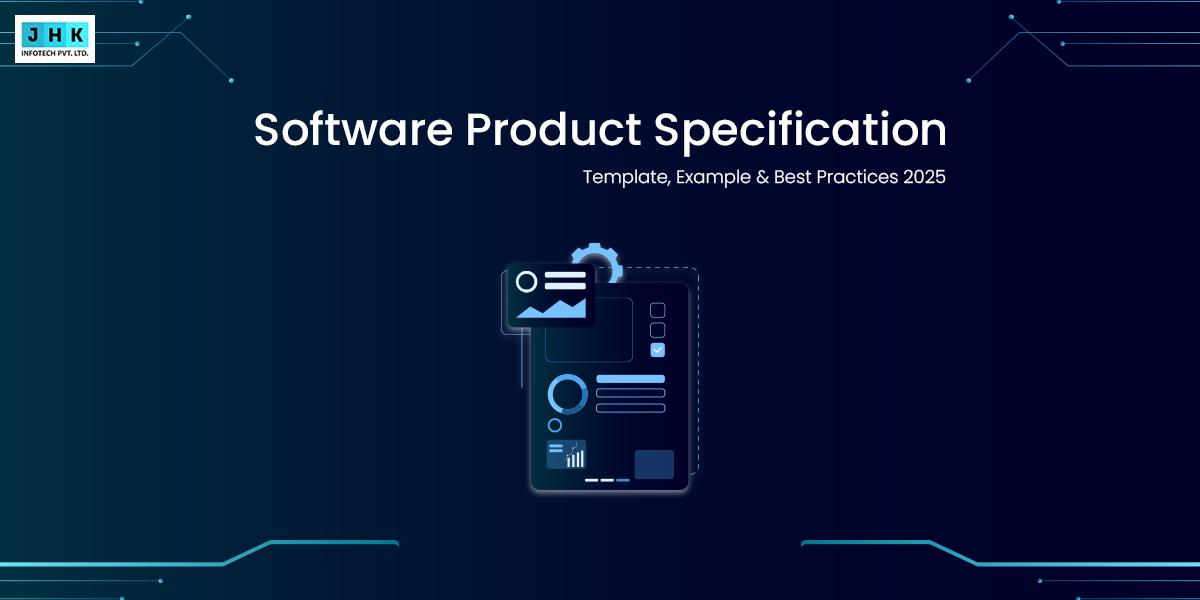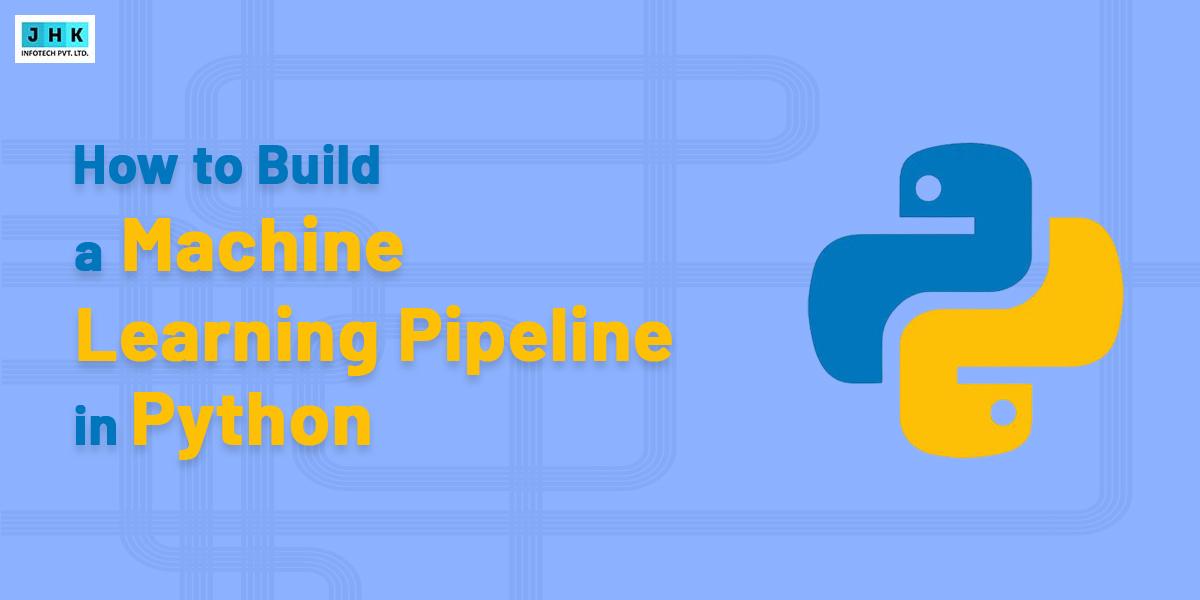Shallow Copy vs Deep Copy in Python – What is the Difference

In Python, understanding how data is copied is crucial for writing robust and efficient code. Whether you’re manipulating lists, dictionaries, or custom objects, the way data is duplicated can lead to subtle bugs or performance issues if mishandled. This guide explores the core distinction between shallow Copy vs deep copy in Python, helping you avoid unintended side effects and optimize your codebase.
What Are Copies in Python and Why Do They Matter?
Copies in Python refer to the duplication of data structures such as lists, dictionaries, or custom objects. However, copying isn’t always straightforward. Sometimes, changes to a “copied” object affect the original, leading to confusing behavior. Understanding the nuances of how Python handles object references during the copying process is essential for maintaining clean and predictable code.
Object References in Python
How assignment works in Python
In Python, using the assignment operator doesn’t generate a fresh object — it simply forges a new reference pointing to the existing one. For instance, when you assign b = a, both a and b point to the same memory location. Any changes made via b are reflected in a, and vice versa.
The concept of mutable vs immutable objects
Mutable objects—such as lists, dictionaries, and sets—retain the capacity to be altered post-creation. In contrast, immutable objects—like strings, integers, and tuples—remain fixed and unchangeable once instantiated. This difference plays a pivotal role in understanding why and how copies behave differently depending on the data type.
What Is a Shallow Copy?
Definition and key characteristics
A shallow copy fabricates a new compound structure, yet populates it with references to the constituent elements of the original. In essence, it replicates only the top-level container, leaving all nested objects linked to their source.
When Python creates a shallow copy
Shallow copies are commonly produced through built-in techniques such as `list.copy()`, slicing syntax like `a[:]`, or the `copy()` method available on dictionaries. These approaches duplicate the outer container, yet leave the internal elements merely referenced, not replicated.
Common methods to create a shallow copy
copy.copy()from thecopymodule- Using slicing for lists:
new_list = old_list[:] - Dictionary’s
copy()method:new_dict = old_dict.copy()
What Is a Deep Copy?
Definition and Key Characteristics
A deep copy in Python refers to the complete duplication of an object, including all the nested elements contained within it. Rather than merely copying the top-level structure, a deep copy dives recursively into the object hierarchy and creates brand-new instances of every nested element. This level of duplication guarantees that the copied object is entirely self-contained—modifications made to any part of the copy do not reflect back on the original.
This characteristic becomes vital when dealing with composite objects like lists of lists, dictionaries of dictionaries, or complex user-defined classes that encapsulate mutable fields. The deep copy ensures independence, offering a clean slate that operates without inherited references or latent entanglements.
How Deep Copy Differs from Shallow Copy
A shallow copy generates a new container, yet fills it with direct references to the original elements rather than duplicating them. That means while the outermost structure is new, the elements inside it are not; they’re still tied to the original memory addresses. Therefore, any changes made to mutable nested objects will be reflected in both the original and the copy.
In contrast, a deep copy replicates not only the container but also each item it holds. The result is a fully autonomous clone that can be altered freely, with no side effects on the original structure. This distinction is subtle yet essential—especially in scenarios involving nested, mutable data structures where unintended mutations can wreak havoc.
Using the copy Module for Deep Copies
Python provides a built-in solution for creating deep copies through the copy module. The copy.deepcopy() function traverses an object recursively and builds a completely independent duplicate.
import copy
deep_copied_object = copy.deepcopy(original_object)
This method is indispensable when working with deeply nested structures or objects composed of other mutable objects. It ensures that even if the original object mutates, the copy remains unaffected—a clean and reliable duplicate.
Deep Copying in Action: Independence with Nested Objects
To fully appreciate the autonomy a deep copy provides, let’s see how it responds to changes involving nested elements within the original list. Imagine you have a list of lists, and you’ve created a deep copy using . If you modify a nested item in the original—say, swapping out an element or appending something new—the deep copy remains blissfully unaware of these changes. It’s as if the two lists are living in parallel universes, each with its own set of nested galaxies.
Consider this example:
python import copy
original = [[10, 20], [30, 40]] cloned = copy.deepcopy(original)
Modify a nested item in the original
original[1][0] = 'Modified'
At this stage, examining both structures:
- appears as
- still reads
The deep copy () is unaffected by the update to ‘s nested lists. This illustrates the key advantage: any mutations—whether replacing elements, adding new nested lists, or tweaking existing ones—will not ripple through to the deep copy. Each structure is wholly independent, insulating your data from accidental cross-contamination.
Shallow Copy vs Deep Copy Example
Simple List Copy with Nested Elements
import copy
original = [[1, 2], [3, 4]]
shallow = copy.copy(original)
deep = copy.deepcopy(original)
original[0][0] = 'X'
In this scenario, the shallow copy mirrors the mutation, as it holds a reference to the identical nested list within the original structure. The deep copy, however, retains the original value, illustrating its independence from the source.
Dictionary Copy Examples and Pitfalls
original_dict = {'a': {'x': 1}, 'b': {'y': 2}}
shallow_dict = copy.copy(original_dict)
deep_dict = copy.deepcopy(original_dict)
original_dict['a']['x'] = 99
After this change, shallow_dict['a']['x'] also shows 99, while deep_dict['a']['x'] still holds 1. This behavior underscores the importance of deep copying when nested dictionaries are involved.
Output Comparison: Shallow Copy vs Deep Copy
A visual or printed comparison often provides the clearest insight:
print(shallow)
# [['X', 2], [3, 4]]
print(deep)
# [[1, 2], [3, 4]]
Such comparisons expose the core difference in how each method handles nested elements.
Real-World Scenarios Where Copy Type Matters
Data Manipulation in Functions
When mutable data structures are passed into functions, any alterations made within those functions propagate back to the original object—unless a deep copy is employed. This behavior can introduce unintended side effects that are often elusive and challenging to trace. Generating a deep copy inside the function provides insulation, ensuring that modifications remain confined.
Avoiding Side Effects in Large Applications
In sprawling codebases, shared references can unintentionally propagate changes across different modules or services. By deep copying data before passing it around, developers can localize behavior and avoid polluting shared state.
Third-Party Libraries and APIs
External libraries may reuse or modify the objects you pass to them. To protect your data from such unforeseen mutations, deep copying before interaction ensures that your originals remain intact and unaltered.
Performance Trade-offs Between Shallow Copy vs Deep Copy
Memory Usage Comparison
Shallow copies consume less memory since they share references. Deep copies, by replicating every object recursively, use more memory—especially with large or deeply nested structures.
Execution Speed and Efficiency Considerations
Shallow copies execute more swiftly, as they require only superficial duplication rather than full-scale replication of nested elements. Deep copies, in contrast, can be computationally expensive, particularly when traversing extensive object graphs or cyclical references. Efficiency demands discretion—use deep copies only when truly necessary.
Best Practices for Large Data Structures
Avoid defaulting to deep copies for all operations. In many cases, a shallow copy is sufficient and far more performant. Analyze your data flow and apply deep copying selectively, where mutation risks justify the overhead.
Common Mistakes and How to Avoid Them
Accidentally Modifying the Original Object
This often occurs with shallow copies. Developers may believe they’re working with an independent structure only to discover changes ripple back to the original. Testing for independence—particularly with nested elements—is critical.
Overusing Deep Copy Unnecessarily
Some developers use deep copy as a fail-safe in all scenarios, leading to bloated memory usage and sluggish performance. Instead, assess the context and scope. Opt for deep copy only when object independence is critical.
Failing to Copy Custom Objects Correctly
Python’s standard copy mechanism often falls short when handling user-defined classes that encapsulate intricate internal states. In such cases, implement custom __copy__() and __deepcopy__() methods to ensure reliable duplication.
Shallow Copy vs Deep Copy in Python Best Practices
Choose Between Shallow vs Deep Copy
When working with Python’s dynamic data structures, choosing the right copying strategy can have far-reaching implications on both functionality and performance. The rule of thumb begins with assessing the structure and mutability of your data.
Use shallow copy for flat or immutable structures—those composed of integers, strings, tuples, or flat lists. Since these data types do not change state once defined, copying them at a shallow level is both efficient and safe. For example, duplicating a list of numbers or a dictionary of string keys to static values doesn’t require the overhead of a deep copy.
On the other hand, deep copy should be your go-to when handling nested, mutable elements, like a list of dictionaries, or a dictionary containing lists of objects. These structures carry a hidden complexity; any inadvertent reference to the original can lead to side effects, bugs, or data pollution. Deep copying in such cases ensures structural autonomy and eliminates shared memory references, allowing the copy to evolve independently.
Being deliberate in your choice not only optimizes your code’s integrity but also enhances clarity and predictability in behavior.
When to Use Built-in Methods vs the copy Module
Python’s ecosystem provides multiple ways to create copies—ranging from lightweight built-in operations to the more robust copy module. The key is knowing when each approach is appropriate.
For simple, shallow operations, built-in methods are ideal. Employing methods like `list.copy()`, slicing syntax `[:]`, or `dict.copy()` offers a swift, readable, and resource-efficient way to duplicate top-level data structures without delving into their nested contents. These methods are well-suited for scenarios where the internal elements are immutable or do not require isolation.
However, for complex, nested, and mutable structures, the copy module offers a more powerful toolkit. Specifically, copy.deepcopy() should be used when nested references are involved, and isolation of every internal object is crucial. The deepcopy function not only traverses the data recursively but also handles cyclic references gracefully, ensuring that no shared state leaks into the copied version.
Making this distinction allows your code to remain performant while maintaining structural integrity.
Tips for Clean and Efficient Code
Embracing best practices in copying isn’t just about avoiding bugs—it’s about writing clear, scalable, and maintainable code.
First, document your copying logic. Commenting on why a shallow or deep copy is used can prevent misinterpretations, especially in collaborative environments or long-term projects. Future maintainers will appreciate the foresight.
Second, benchmark your copy operations. Deep copies, while safe, can become costly in terms of performance. If you’re copying large datasets or complex object trees, profiling the copy step can reveal hidden inefficiencies. Use Python’s time or cProfile modules to identify bottlenecks and make informed adjustments.
Lastly, avoid unnecessary duplication. Don’t copy for the sake of caution. Instead, cultivate an understanding of Python’s reference model—how objects are passed, stored, and mutated. Many bugs can be sidestepped simply by knowing when data is shared versus when it’s copied.
Smart copying is not just about replication—it’s about intention, precision, and elegance in software design.
Final Thought
Selecting between a shallow copy and a deep copy transcends simple technical preference—it is a deliberate, strategic choice that can profoundly impact both the stability and efficiency of your codebase. Shallow copies offer speed and memory efficiency, while deep copies provide independence and safety. Mastering both techniques allows developers to handle mutable structures with finesse, precision, and control.
FAQ’s
1. How is a shallow copy different from a deep copy in Python?
A shallow copy in Python creates a new outer object, but it still references the same nested or mutable elements from the original. This means nested or mutable elements remain linked to the original.
In contrast, a deep copy creates a completely independent clone, including all nested objects. Modifying the deep copy will have no effect on the original structure.
2. What is a deep copy in Python?
A deep copy in Python means creating a new object along with completely independent copies of all objects it contains, including nested elements. This ensures that the new object is entirely separate from the original, including all nested lists, dictionaries, or other mutable types.
3. What is .copy() in Python?
The `.copy()` method in Python is used to create a shallow copy of a list or dictionary, duplicating the top-level structure while keeping references to nested objects. It duplicates the top-level structure, but references inside (like sublists or nested dicts) still point to the same memory location as the original.
original = [1, [2, 3]]
shallow = original.copy()
4. What is deepcopy in Python?
deepcopy() is a function from Python’s copy module that recursively clones every object inside the original structure. This ensures that even nested objects are independently duplicated.
import copy
deep = copy.deepcopy(original)
5. When to use shallow copy vs deep copy
- Use shallow copy when your object contains only immutable types (e.g., integers, strings) or you don’t intend to modify nested objects.
- Use deep copy when your object has nested mutable elements and you need full independence between the original and the copy.
6. How to make a deep copy in Python
To create a deep copy in Python, first import the copy module and then use copy.deepcopy():
import copy
deep_copy = copy.deepcopy(original_object)
This method generates a completely independent duplicate of the original object, including all nested structures.
7. How to do a deep copy in Python
The most common and reliable way to do a deep copy is with the copy module:
import copy
deep_copied_object = copy.deepcopy(original_object)
Avoid using serialization (e.g., JSON) for deep copying unless you’re only dealing with serializable types.
8. What does copy do in Python?
In Python, copy.copy() creates a shallow copy of an object, duplicating only the top-level structure. It creates a new object but doesn’t recursively copy nested elements. Use it when full duplication of internal data isn’t necessary.










